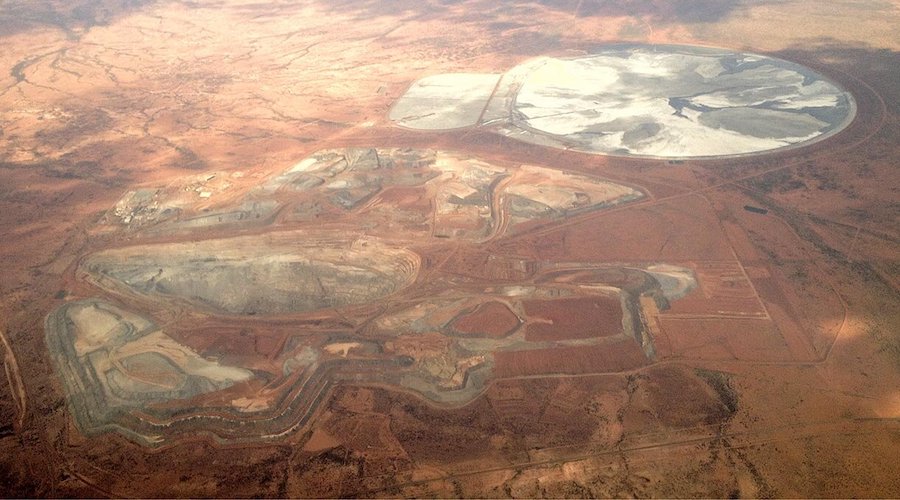Staff Writer | June 6, 2023 |

Mount Keith nickel mine, Western Australia.
(Reference image by Gavin Mudd, courtesy of RMIT).
Geoscience Australia, the Royal Melbourne Institute of Technology (RMIT) and the University of Queensland launched an Atlas of Australian Mine Waste, a tool that maps sites across Australia that could contain previously overlooked critical minerals.

The goal behind the development is to provide industry with additional opportunities to extract valuable resources from previously mined rock.
“Some of the minerals we need now, and into the future, may not just be in the ground—they’re also in rock piles and tailings on mine sites around the country,” Madeleine King, Minister for Resources and Northern Australia, said in a media statement. “These minerals might not have been of interest when first extracted but could now be in hot demand as the world seeks to decarbonize—for example, cobalt in the tailings of old copper mines.”
So far, the group behind the Atlas has identified 1,050 sites across Australia as possible sources of critical minerals, with more to be added in future.
“This is the first time in the world that any nation has mapped all of their tailings dams and developed information on them,” Gavin Mudd, RMIT project lead, said. “These tailings could be reprocessed to extract critical minerals—those fundamental to modern technologies such as renewable energy, energy storage batteries and other technologies—and do so with much less environmental impact than developing a new mine.”
Mudd noted that future research based on the new atlas will explore the geochemistry of tailings and the potential for critical minerals, as well as the environmental benefits of reprocessing old mine waste.
Geoscience Australia, the Royal Melbourne Institute of Technology (RMIT) and the University of Queensland launched an Atlas of Australian Mine Waste, a tool that maps sites across Australia that could contain previously overlooked critical minerals.

The goal behind the development is to provide industry with additional opportunities to extract valuable resources from previously mined rock.
“Some of the minerals we need now, and into the future, may not just be in the ground—they’re also in rock piles and tailings on mine sites around the country,” Madeleine King, Minister for Resources and Northern Australia, said in a media statement. “These minerals might not have been of interest when first extracted but could now be in hot demand as the world seeks to decarbonize—for example, cobalt in the tailings of old copper mines.”
So far, the group behind the Atlas has identified 1,050 sites across Australia as possible sources of critical minerals, with more to be added in future.
“This is the first time in the world that any nation has mapped all of their tailings dams and developed information on them,” Gavin Mudd, RMIT project lead, said. “These tailings could be reprocessed to extract critical minerals—those fundamental to modern technologies such as renewable energy, energy storage batteries and other technologies—and do so with much less environmental impact than developing a new mine.”
Mudd noted that future research based on the new atlas will explore the geochemistry of tailings and the potential for critical minerals, as well as the environmental benefits of reprocessing old mine waste.
No comments:
Post a Comment